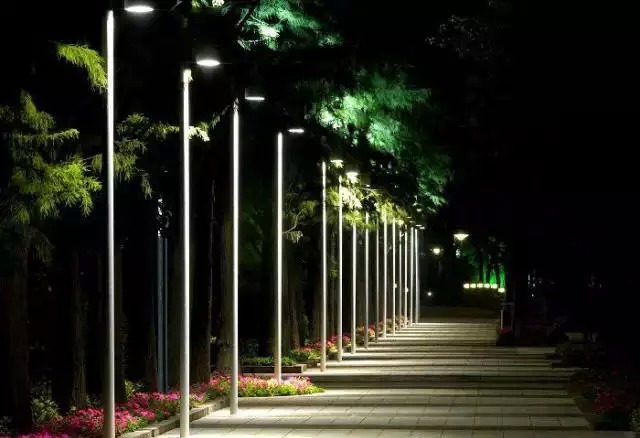This is Scientific American — 60-Second Science. I'm Christopher Intagliata.
The Earth's temperature is rising. And as it does, springtime phenomena—like the first bloom of flowers—are getting earlier and earlier. But rising temperatures aren't the only factor. Urban light pollution is also quickening the coming of spring. "So temperature and light are really contributing to a double whammy of making everything earlier." Richard ffrench-Constant, an entomologist at the University of Exeter.
He and his colleagues compiled 13 years of data from citizen scientists in the U.K., who tracked the first bud burst of four common trees. Turns out, light pollution—from streetlights in cities, and along roads—pushed bud burst a full week earlier. Way beyond what rising temperatures could achieve. This disruptive timing can ripple through the ecosystem.

"The caterpillars that feed on trees are trying to match the hatching of their eggs to the timing of bud burst. Because the caterpillars want to feed on the juiciest and least chemically protected leaves. And it's not just the caterpillars, of course, that are important. But the knock-on effect is on nesting birds, which are also trying to hatch their chicks at the same time that there's the maximum number of caterpillars." So earlier buds could ultimately affect the survival of birds, and beyond. The findings are in the Proceedings of the Royal Society B.
The world's becoming increasingly urbanized, and light pollution is growing—which ffrench-Constant says could trick trees into budding earlier and earlier. But smarter lighting—like LEDs that dial down certain wavelengths—could help. "Perhaps the exciting thing is, if we understand more about how light affects this bud burst, we might be able to devise smarter sort of street lighting that has less red components, and therefore less early bud burst." Thus keeping springtime an actual springtime phenomenon.
Thanks for listening Scientific American — 60-Second Science Science. I'm Christopher Intagliata.












